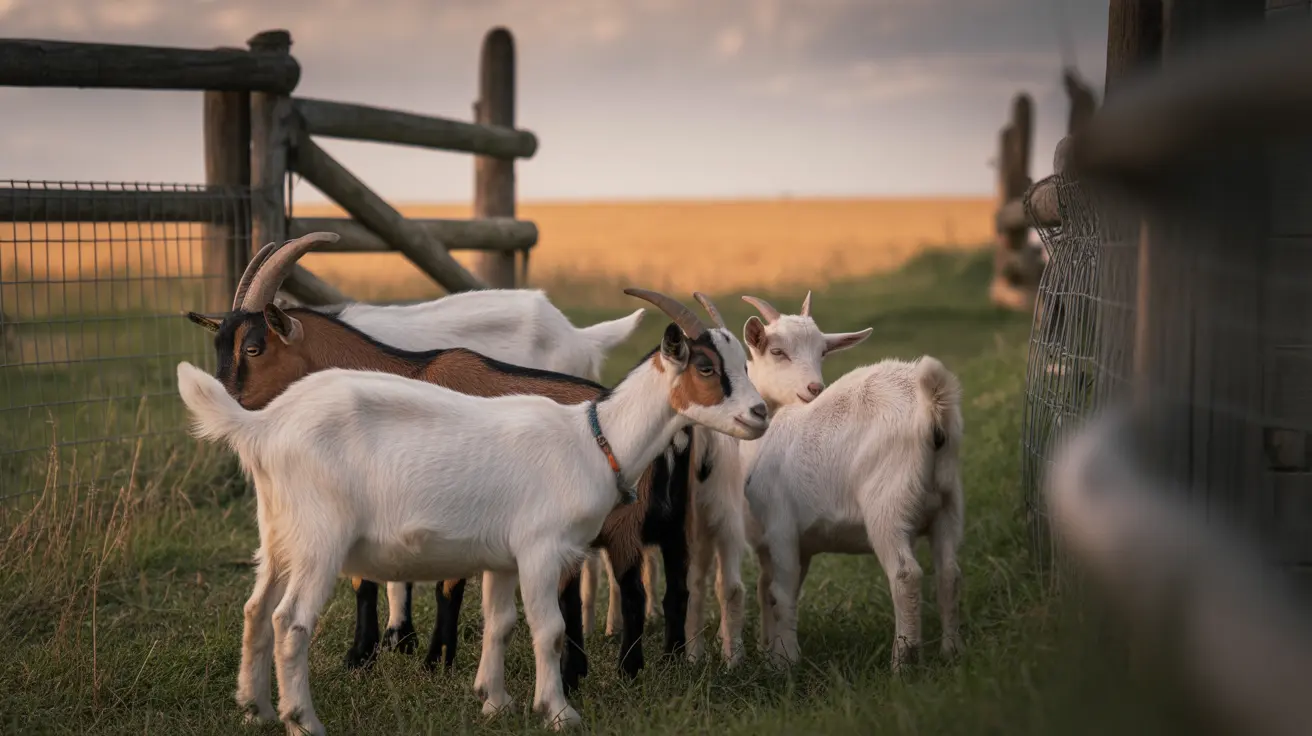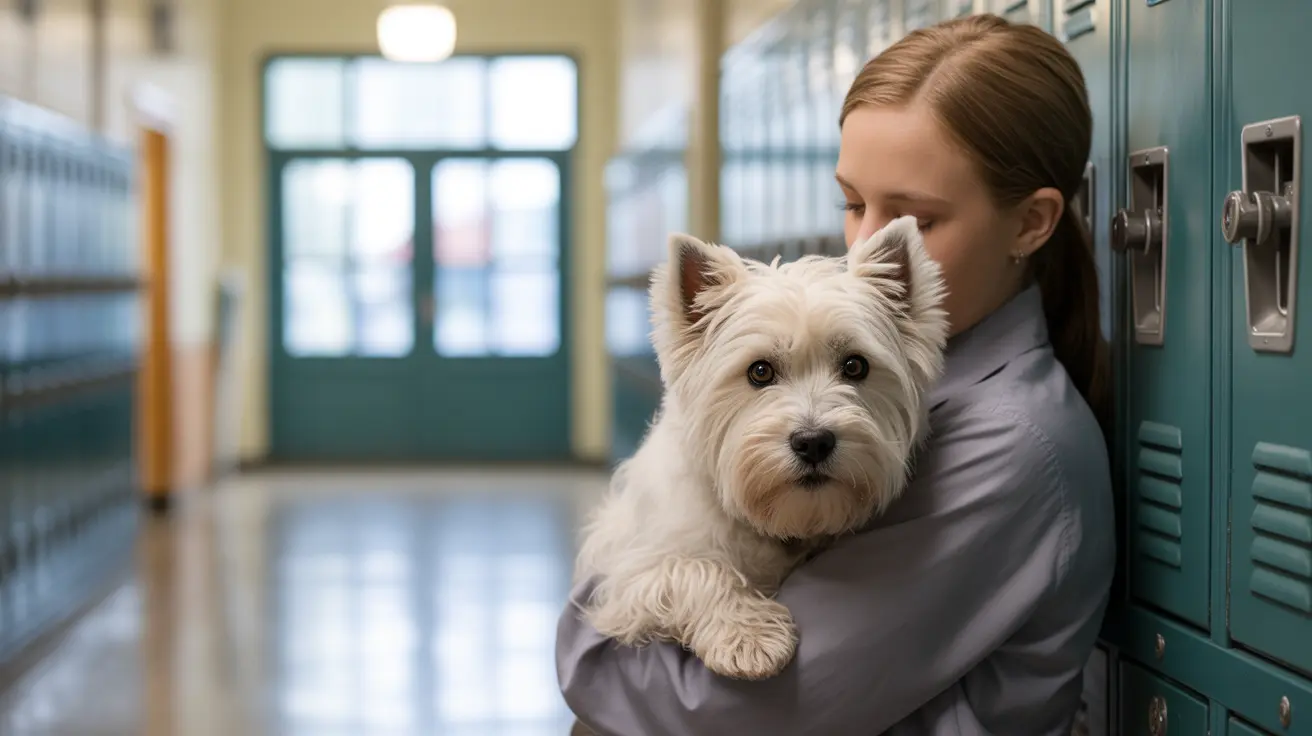The Reproductive Process in Dogs: A Comprehensive Guide
Understanding how dogs reproduce is essential for responsible pet ownership, breeding decisions, and ensuring the health of both mother and puppies. The process of reproduction in dogs encompasses several stages, from sexual maturity through to birth and puppy care. Here's a detailed look at how the canine reproductive cycle works.
1. Sexual Maturity in Dogs
Dogs reach sexual maturity at different times depending on breed and size:
- Small breeds: 6–9 months
- Medium breeds: 9–12 months
- Large breeds: 12–18 months
At this stage, female dogs experience their first heat cycle, and males begin producing sperm.
2. The Heat Cycle (Estrus)
The heat cycle in female dogs (also called estrus) recurs approximately every 6 months. It has four distinct phases:
- Proestrus: Lasts 7–10 days. The female shows swelling of the vulva and bloody discharge but will not accept a male.
- Estrus: Also lasts 7–10 days. The female is fertile and receptive to mating.
- Diestrus: Lasts about 60–90 days. If fertilization occurs, pregnancy begins; if not, the cycle progresses.
- Anestrus: A 4–5 month resting phase before the next cycle starts.
3. Mating and Fertilization
When a female is in estrus, mating may occur. During mating, a phenomenon called the "tie" happens where male and female dogs become locked together for 10–30 minutes. This aids in successful sperm transfer.
Fertilization takes place in the oviducts shortly after sperm meets the eggs. A fertilized egg then travels to the uterus and implants into the uterine wall.
4. Gestation Period
The gestation period for dogs is typically around 63 days (about 9 weeks), although it can range from 58 to 68 days.
Signs of pregnancy in dogs:
- Decreased activity level
- Increased appetite
- Swollen belly
- Nesting behavior
- Changes in nipple size and color
Veterinarians can confirm pregnancy via ultrasound, blood tests, or X-rays after a certain stage.
5. Preparing for Birth
As the dog nears the end of her pregnancy, she may display nesting behavior — finding a quiet, warm place to give birth. Providing a clean and comfortable whelping box is highly recommended.
6. Whelping (The Birth Process)
Whelping refers to the act of a dog giving birth. It usually takes several hours, especially with large litters. Each puppy is born in its own amniotic sac, which the mother instinctively removes.
Typical indicators of labor include:
- Drop in body temperature 24 hours prior to labor
- Restlessness and nesting
- Panting or trembling
- Loss of appetite
If labor extends beyond 24 hours or if a puppy is stuck, veterinary assistance is critical to avoid complications.
7. Postnatal Care
After birth, the mother cleans her puppies and begins nursing. The puppies start to open their eyes at around 10–14 days, and begin walking shortly thereafter.
Important aspects of postnatal care include:
- Monitoring nursing and weight gain
- Keeping the environment warm and clean
- Regular vet checkups for both the mother and puppies
The Male Dog’s Role
Male dogs, or studs, do not participate in raising puppies. Their role is limited to mating, and they are typically separated from the mother and newborns.
Reproduction Considerations
For those considering breeding dogs:
- Ensure both dogs are healthy and screened for genetic issues
- Understand breed-specific health concerns
- Be ready for the financial and time commitments of raising a litter
Many pet owners opt for spaying and neutering to prevent unplanned litters and promote long-term health.
Conclusion
The reproduction process in dogs is a natural yet complex cycle that requires knowledge and preparation. Whether you're a breeder or a pet owner, understanding each stage — from maturity to whelping — ensures better care and informed decisions.





